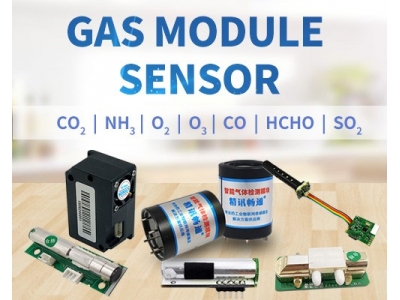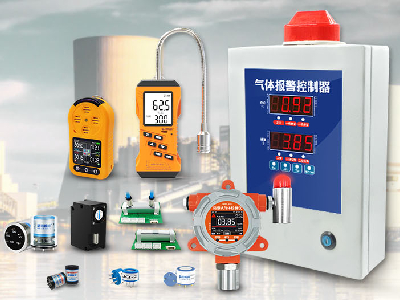
What is a Gas Sensor?
A gas sensor (also known as a gas detector) is an electronic device used to detect and identify different types of gases.

A gas sensor (also known as a gas detector) is an electronic device used to detect and identify different types of gases.
A gas sensor (also known as a gas detector) is an electronic device used to detect and identify different types of gases. Gas sensors are usually used to detect toxic or explosive gases and measure gas concentrations. Gas sensors are used in factories and manufacturing facilities to identify gas leaks and to detect smoke and carbon monoxide in the home.

Different gas sensors vary widely in size (portable and stationary), range and sensing capabilities. They are usually part of larger embedded systems, such as hazmat and safety systems, which are usually connected to audible alarms or interfaces. Because gas sensors constantly interact with air and other gases, they must be calibrated more frequently than many other types of sensors.
Depending on their intended environment and function, the physical composition and sensing process between sensors may differ significantly. Metal oxide gas sensor is one of the most commonly used gas sensors for toxic substance identification and smoke detection. This type of sensor uses a chemical resistor that makes contact with the target gas and reacts. Metal oxide gas sensors increase their resistance when exposed to gases such as carbon monoxide, hydrogen, methane and butane. Most home smoke detection systems are oxide-based sensors.

Infrared gas sensors measure the absorption and reflection of IR light when interacting with gasses. As a type of optical sensor, IR gas sensors are comprised of multiple infrared emitters and photodiodes that determine the concentration and type of gas in a given space. The same principle is used with ultrasonic gas sensors, but instead of IR, ultrasonic sensors use sound waves to determine concentration. Caliometric sensors are specifically designed to interact with explosive gasses such as hydrogen and methane. These sensors react with the explosive gasses to create a corresponding amount of heat.
Gas sensors are widely used in smart home, automotive electronics, industrial processes, environmental monitoring, consumer electronics and other industries. The terminal products of the gas sensor are of a wide range of types, various uses and high degree of personalization. They can not only be used to detect combustible gases in the environment, such as natural gas, liquefied gas, hydrogen, etc., but also can detect toxic and harmful gases, such as carbon monoxide, hydrogen sulfide, ammonia, formaldehyde, benzene, toluene, etc., but also can detect oxygen, carbon dioxide and other gases closely related to human activities. At the same time, it is also used to detect alcohol, CO2 and other gases in the fields of drunk driving monitoring and medical monitoring.